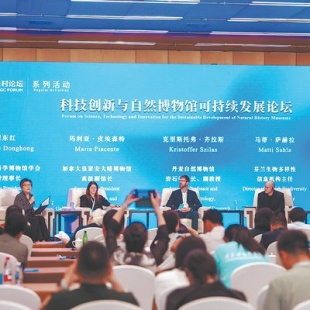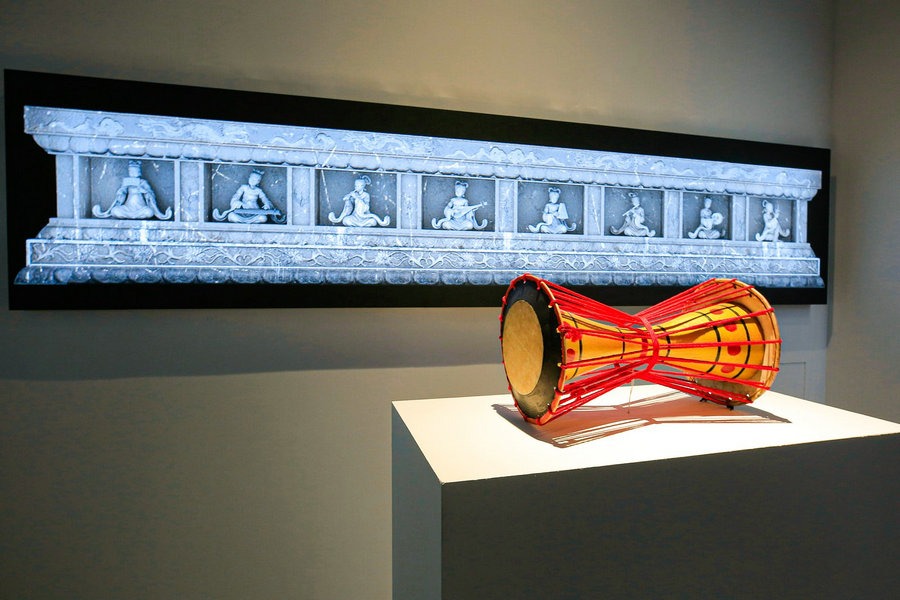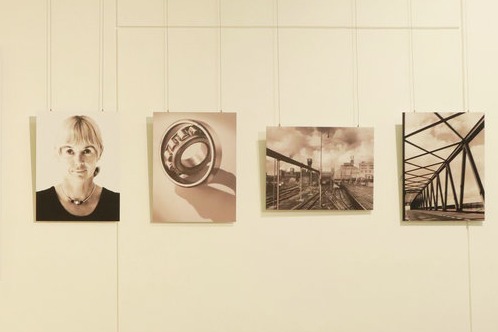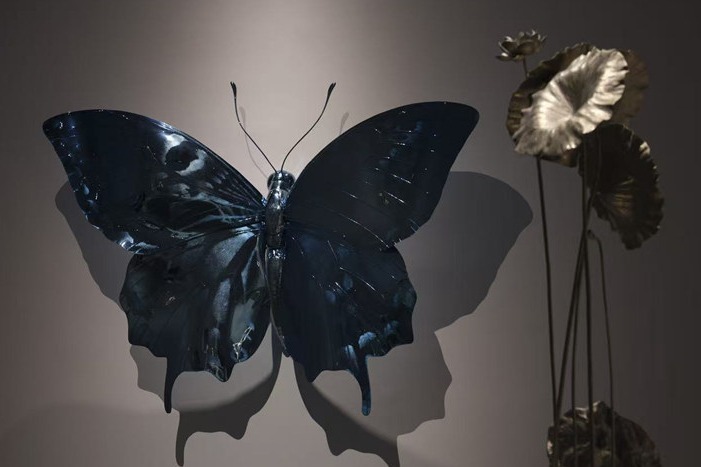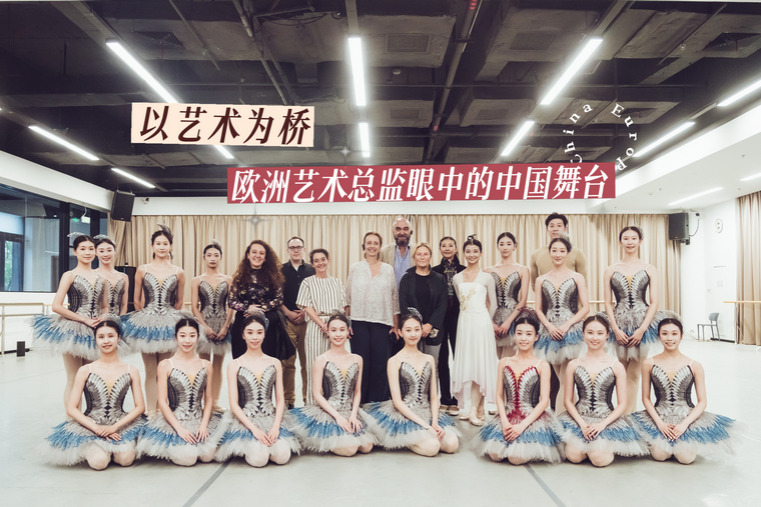Reimagining museums beyond the walls for tomorrow

According to Zhang, the museum's collection is projected to surpass 460,000 specimens this year, with annual additions of 20,000 to 30,000 items. With a history of more than 70 years, the new facility will actively play an essential role in scientific research, develop diversified learning programs and deepen international communication, Zhang adds.
With this year's theme of "Natural History Museums and Science Communication", the forum fosters international dialogue, case studies, and cross-sector collaboration, aiming to generate fresh models for global museum sustainability.
Guo Zhe, director of the China Science and Technology Museum, says the new mission for institutions in this technological era is that "museums must break down their physical walls and integrate more openly into the atmosphere of scientific innovation".
He cites his own institution's collaborations with universities and research institutes in exhibition design and educational programs, stressing that "the mission of museum professionals is to innovate and meet the demands of our times".
The forum consolidated its role as a crucial bridge for international cooperation. By facilitating the exchange of cutting-edge ideas and successful practices, it empowered natural history museums worldwide to collectively envision and build a more sustainable, technologically adept, and publicly engaging future, essential for fostering ecological awareness in the 21st century, according to Meng.


